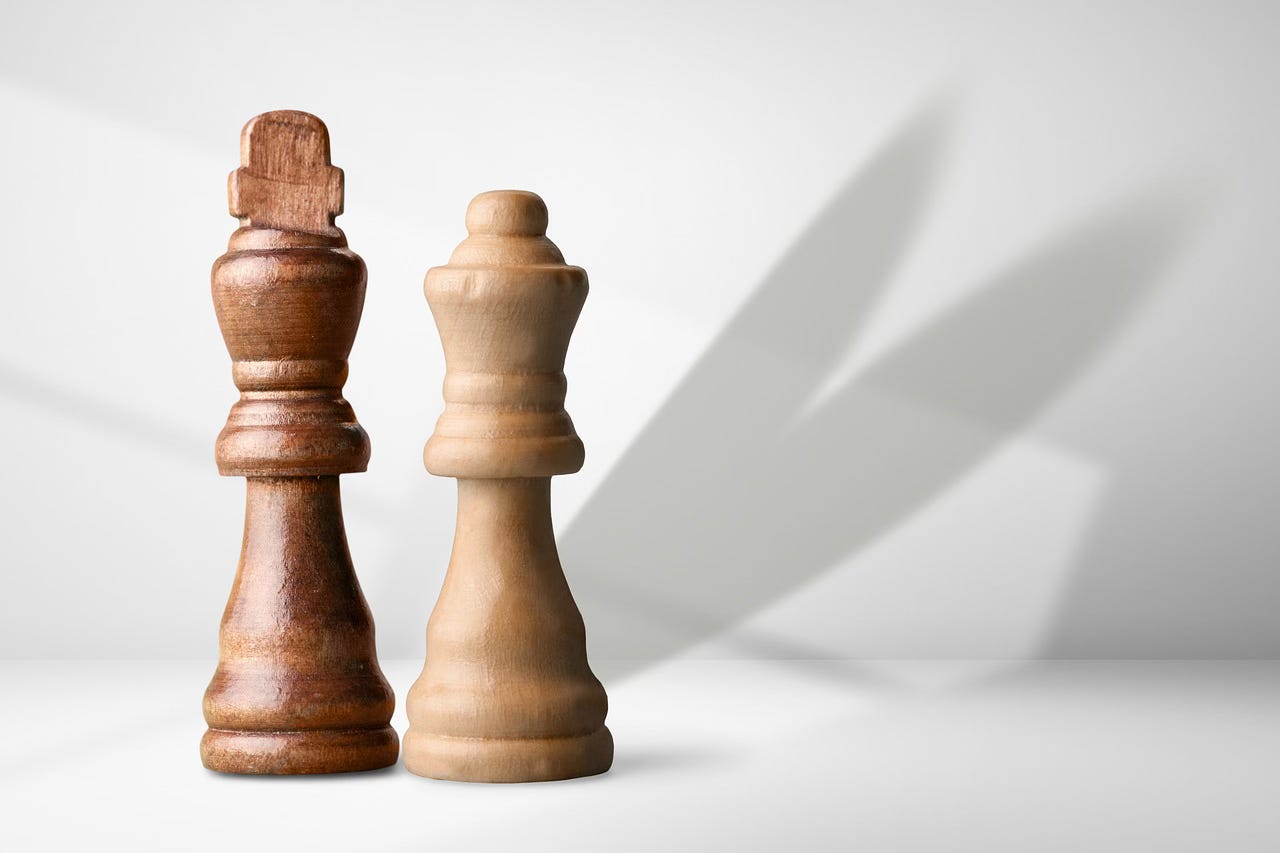The Chemistry of Codependency
Codependency is a complex and addictive dysfunctional dynamic that evolves from attraction and reliance
For codependency to develop, you typically need an empath and a narcissist
The concept of codependency was first put forth by observers of the dynamic between chemically addicted individuals and their enablers in the 1940s. Since then, the term has expanded to include individuals whose adverse relationship experiences are characterized by attraction to and reliance upon abusers. Sometimes the relationship originates in the context of substance abuse. Still, it can progress in a narcissistic relationship where substance abuse may or may not be used to self-medicate, as well.
The two types of personalities involved in codependent relationships are people who have a preponderance of empathic traits and others who behave narcissistically.
How codependency plays out in a relationship
Empaths are wired to nurture and understand. The narcissist gets their needs met without having to reciprocate.
Empaths want to help others heal and will attentively care for an emotionally wounded partner. A narcissist recognizes and manipulates this tendency to access narcissistic supply.
Empaths overlook red flags and realities in favor of potential. The narcissist will try to convince them they want to change, but often the empath will require very little in order to sustain the relationship.
Empaths want to forgive and narcissists will gaslight or downplay the harm their abuse has caused, causing repetitive stress and cognitive dissonance.
Codependents may confuse love with pity, feel compelled to control or take care of others, deny their feelings, be reluctant to communicate their feelings for fear of rejection, and exhibit poor boundaries.
How to break free of the codependent bond
“I love easy and I care easy, but I do not love lightly, and I do not care lightly. It’s really taken me a lot of time to understand that it’s not on me to fix or heal or do anything about [a relationship] other than protect the deep care and love that I have for the world and for my people.
“Ultimately, that has helped me walk away without the need to understand why certain things didn’t play out the way that I may have desired them to.
“I used to be a person who … would continue to give and give,” she said. “And now … I respectfully go, ‘Thank you so much for that information. Have a beautiful life. I wish you well.’” - Shailene Woodley
Mental health professionals often treat stress-related symptoms such as depression and anxiety without getting to the root of the problem: codependency. This may be partly because the DSM-5 doesn’t classify it as a personality disorder in its own right. A lengthy history of codependency in a family dynamic will have adverse effects on children, as well.
The way out includes establishing healthy boundaries, improving self-esteem, and counteracting emotional stress with intentional self-care. Seek the assistance of an experienced mental health practitioner who will dig deep into your relationship dynamics to develop a roster of tactics into an effective strategy. This will allow you to make a healthy exit from a harmful relationship and identify potential problems and red flags to avoid for better overall wellbeing.


